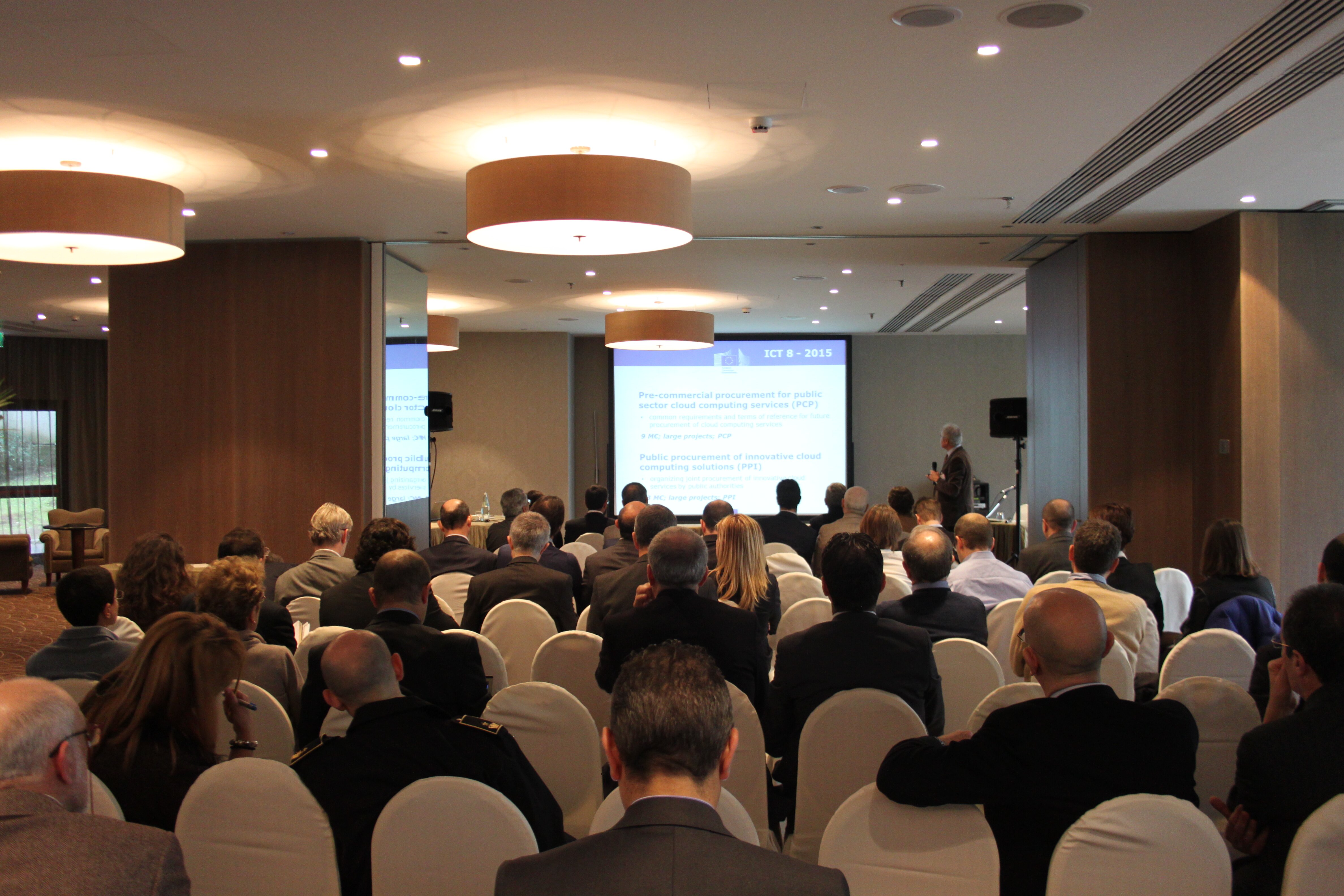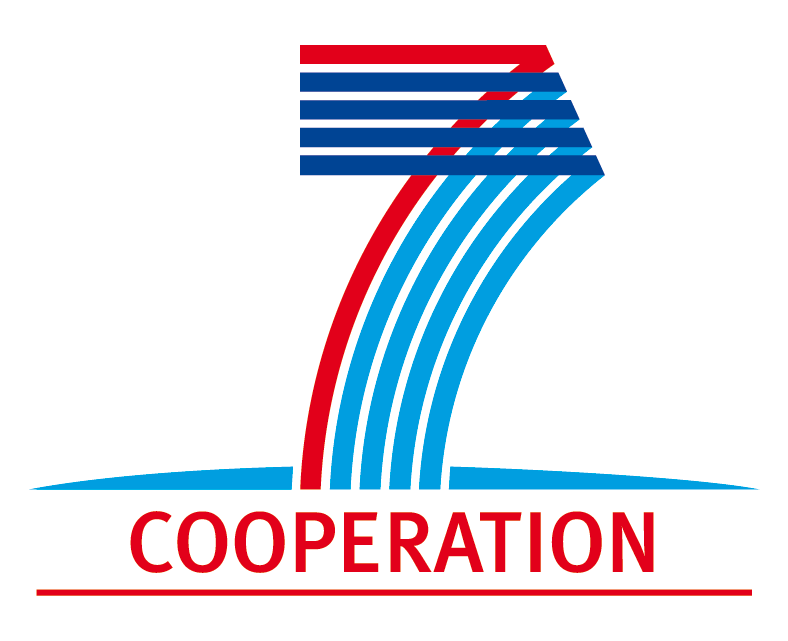 Contrail Release 1.3
Contrail Release 1.3
Contrail release 1.3 is now available for testing.
The Contrail release 1.3 is made for the security enthusiasts who wish to know more about securing the access to a federated Cloud infrastructure. The focus of this release is to provide the building blocks that will enable fine-grained security and which will be used in the final release of the Contrail platform. The developers demonstrate the usage of external Identity Providers with a Single Sign On (SSO) feature and the usage of OAuth tokens as a basis for the next release.
What's new in the release?
- Support for external Identity Providers (for example allowing login over Google)
- Support for SAML (exchange of attributes during login)
- Support for OAuth2 standard (securing API with OAuth tokes between the component calls)
- Authorization Server (fine grained control of token usage for the users and administrators)
- Dynamic-CA (for temporary services such as software defined networks SDNs for applications)
- Bug fixes of existing components
Release 1.3 builds upon a previous release 1.2 which introduced:
- SLA Manager on the provider level,
- Virtual Infrastructure Network (VIN),
- Federation updates to reflect additional functionality (SLA and VIN support),
- Updates have been made to the security part as well, adding basic OAuth 2.0 functionality.
More information: Contrail Software
Interested in a trial: Contrail testing
Business customers addressed by this Release:
- IT Service companies
- Private Clouds
- Public Clouds
- Cloud Brokers
- Community Cloud
 Meet Contrail
Meet Contrail
| January 23, 2014 | Contrail Business Day | Rome, Italy |
 Cloud Summerschool
Cloud Summerschool
 The Cloud Summer School 2013 did take place from July 22 to July 26 in Almere, the Netherlands
The Cloud Summer School 2013 did take place from July 22 to July 26 in Almere, the Netherlands
 White Paper
White Paper
The Contrail White Paper "Overview of the Contrail system, components and usage" is available for download. The White Paper provides an overview of the Contrail system and components and describes several use cases and business opportunities.
 Federating the Cloud
Federating the Cloud

The Contrail project will run for a period of three years and will show tangible results:
- Contrail will provide a complete Cloud platform which integrates a full Infrastructure-as-a-Service and Platform- as-a-Service offer.
- Contrail will allow Cloud providers to seamlessly integrate resources from other Clouds with their own infrastructure.
- Contrail will break the current customer lock-in situation by allowing live application migration from one cloud to another.
- Contrail will be fully available in open-source.


 Contrail is a project managed by the Contrail consortium. Contrail is partially funded by the FP7 Programme of the European Commission under Grant Agreement FP7-ICT-257438.
Contrail is a project managed by the Contrail consortium. Contrail is partially funded by the FP7 Programme of the European Commission under Grant Agreement FP7-ICT-257438.